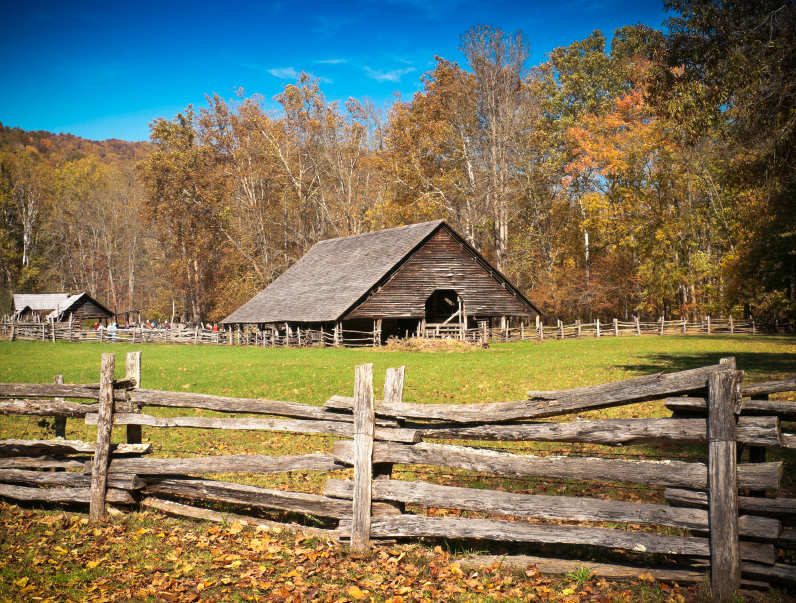Setting up an air filtration system for your shelter during pandemic outbreaks
06/14/2018 / By Edsel Cook

Pandemics caused by terrifying pathogens – such as the Ebola virus – are one of the possible disasters looming over the horizon as humankind careens towards its destruction. In order to survive such a virulent crisis, you must know how to filter out airborne contaminants from your shelter, an article in Backdoor Survival states.
Airborne viruses spread through the air. It stands to reason that the only true protection against them is to remain confined in a safe place until the pandemic is over.
By now you should have made the necessary preparations and stockpiled essential supplies – entertainment, food, lighting, power and water – at your home. So you should not need to go on last-minute shopping chores in public places that may have already been contaminated.
However, you will also have to filter the air that enters your home. Otherwise, all your efforts at avoiding infection will come to a grisly end.
Frank J. Bohan, author of the survival guide Emergency Air for Shelter-In-Place Preppers and Home-Built Bunkers, shared how to turn your run-of-the-mill wet/dry vacuum into an air filter for your bunker, home, or shelter. The procedure is easy, inexpensive, and may very well save your life and the lives of the ones you love down the line. (Related: BREAKING: YouTube bans pandemic preparedness video that teaches people how to survive a deadly outbreak.)
Make your very own air filtration system with a vacuum and HEPA air filter
First, you will need a shop-vac type vacuum, a HEPA air filter that is compatible with the unit, and lots of plastic sheeting and duct tape. These equipment and materials will allow you to turn any space into a flow-room that will protect you from airborne pathogens.
Sponsored solution from the Health Ranger Store: The Big Berkey water filter removes almost 100% of all contaminants using only the power of gravity (no electricity needed, works completely off-grid). Widely consider the ultimate "survival" water filter, the Big Berkey is made of stainless steel and has been laboratory verified for high-efficiency removal of heavy metals by CWC Labs, with tests personally conducted by Mike Adams. Explore more here.
Select an inner room of your home, preferably one with a room next to it. Install the HEPA filter in the vacuum, seal the machine, and set it up so that the nozzle is inside the room adjacent to your shelter.
Seal the flow-room according to the FEMA guidelines on sheltering-in-place during a pandemic. Apply plastic sheeting and duct tape to make the room as airtight as possible.
Turn on the vacuum. It will suck in air from the adjacent room, pass it through the filter, and then expel filtered air out of its exhaust port.
In his book, Bohan explained how the airborne viruses will get trapped inside the vacuum. He also provided instruction on how to seal the vac to increase your safety.
Viruses are small enough to pass through the tiny holes in the matting of the HEPA filter. However, the tiny pathogens are too light to force their way through the filter’s electrostatic shield, which is formed by air flowing over it.
How to stay safe during pandemic outbreaks
Getting the air from another room instead of outdoors should reduce the risk of airborne viruses even further. There is no such thing as too much safety.
Every half hour, run the filtered vacuum for 10 minutes. While your air filtration system is operational, you must allow a small opening near the floor. The opening will let the carbon dioxide gathered in the flow-room escape into the adjacent room. This will ensure the air supply in your shelter stays fresh.
Remember to run the air filtration system on a regular basis. Do not forget to make the small opening, either. Failing to do either of these steps so will cause you to suffocate. Remain at your home and stay indoors until the pandemic is well and truly over. Do not let potentially infected people into your home, no matter what.
Learn more tips and techniques to weather out pandemic disasters at Outbreak.news.
Sources include:
Tagged Under: air filters, emergency shelter, HEPA air filter, homesteading, how to, outbreak, pandemic, preparedness, prepping, safe room, shelter, survival shelter, virus




















